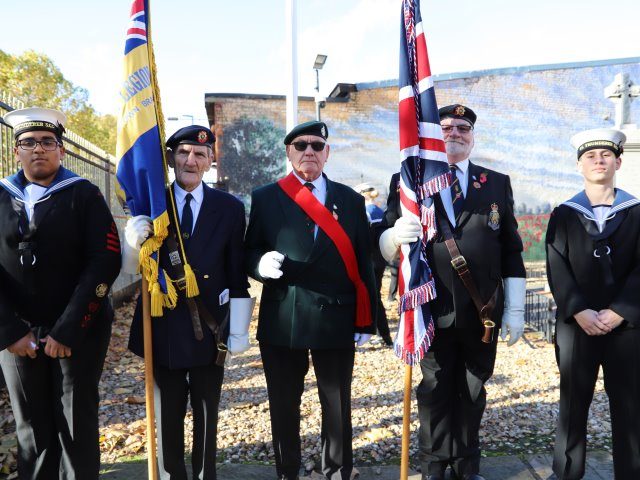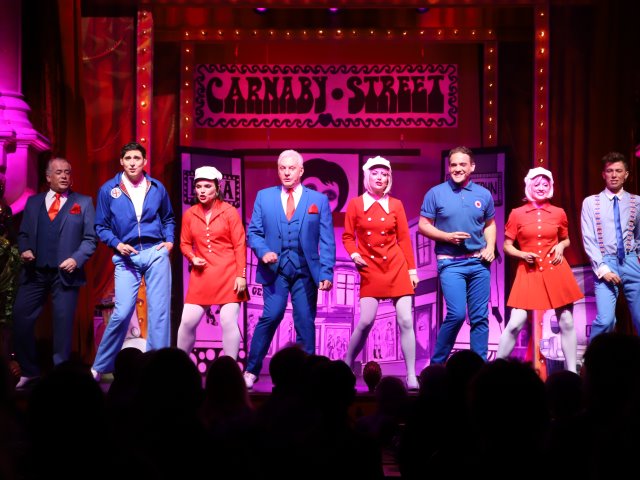
From Rock to Pop!
April 30, 2024
Our first ever Summer School for 8-13 year olds
June 10, 2024Brick Lane Music Hall is housed in the former church of St. Mark’s in Silvertown, where it has been proud custodians for over 20 years. Alongside the restoration of the church, it was decided not only to restore the memorial, but to paint a mural as a backdrop to reflect the lives and experiences of the local people, including the old terraced streets dominated by the docks, leading into a field of poppies. The Silvertown Royal British Legion subsequently resumed their annual parade and every year a Remembrance Day Service and laying of wreaths is held with the mural as a poignant backdrop and a reminder of the sacrifices of the people of Silvertown.
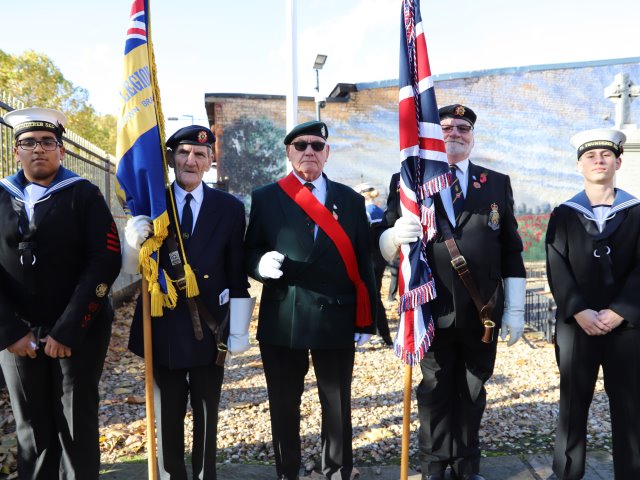
The East End of London was among the hardest hit areas of the country during WW2, suffering almost nightly from bombings, over several long years. The then vicar of St Mark’s Church, the Reverend Joseph Stephens, continued services throughout the war, even though his own home, the rectory next to the church, was destroyed by the Luftwaffe in one of their deadly raids, along with the surrounding streets which were gradually being reduced to rubble.
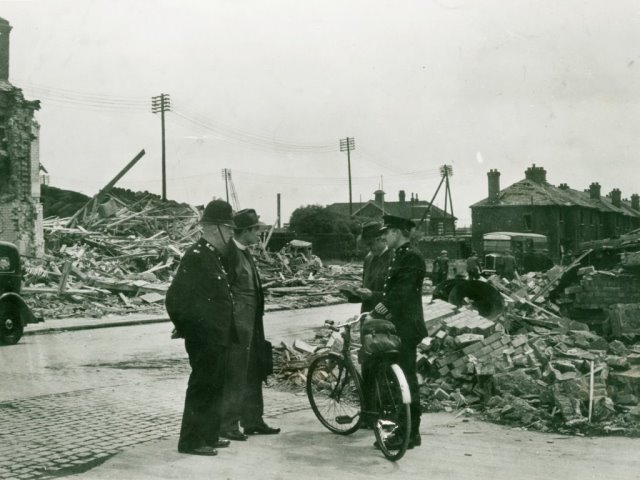
The Rev Joseph Stephens on an official inspection of war time damage in Silvertown, 1944. From the Ministry of Information Collection, Imperial War Museum.
As we commemorate the 80th Anniversary of D-Day, the event which finally led to the end of the war, it is not widely known that Silvertown and the Royal Docks played an important part in the success of the day. In the months leading up to D-Day, a huge mystery makeshift camp was created covering the whole area. Among the bombed out streets, with only a few homes left standing, thousands of troops were undertaking secret training and vital preparations for the historic invasion. The troops were drafted from around the UK, as well as allied countries, including Czechoslovakia, Poland and Norway. Thousands of them set off to Normandy along the Thames from the Royal Docks, along with more than two million tonnes of stores, including 190,000 tanks and vehicles. In addition, many of the concrete harbours, known as Mulberries, that played such a key role in the landings’ success, had been secretly constructed by the workers at the Docks.
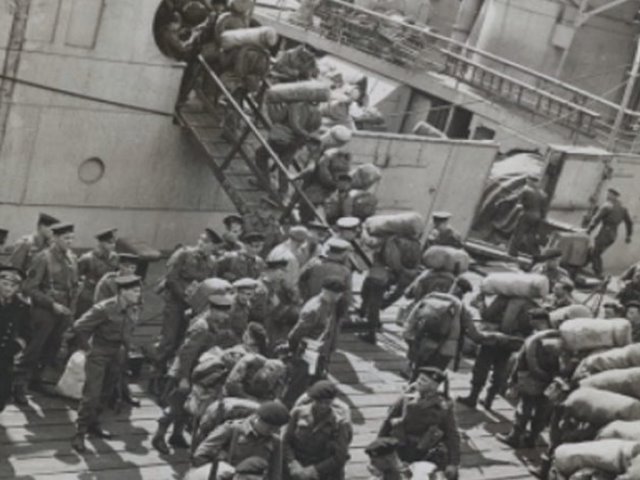
British troops embarking at the Royal Docks. From The Port of London Authority’s Archive Collection.
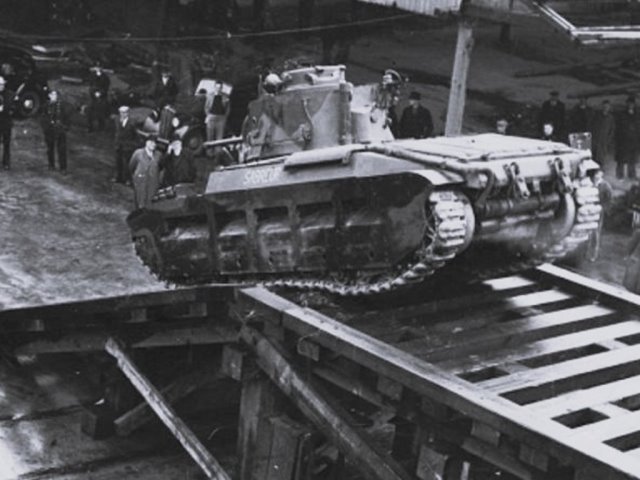
Tanks leaving for the D-Day landings from the Royal Docks. From The Port of London Authority’s Archive Collection.
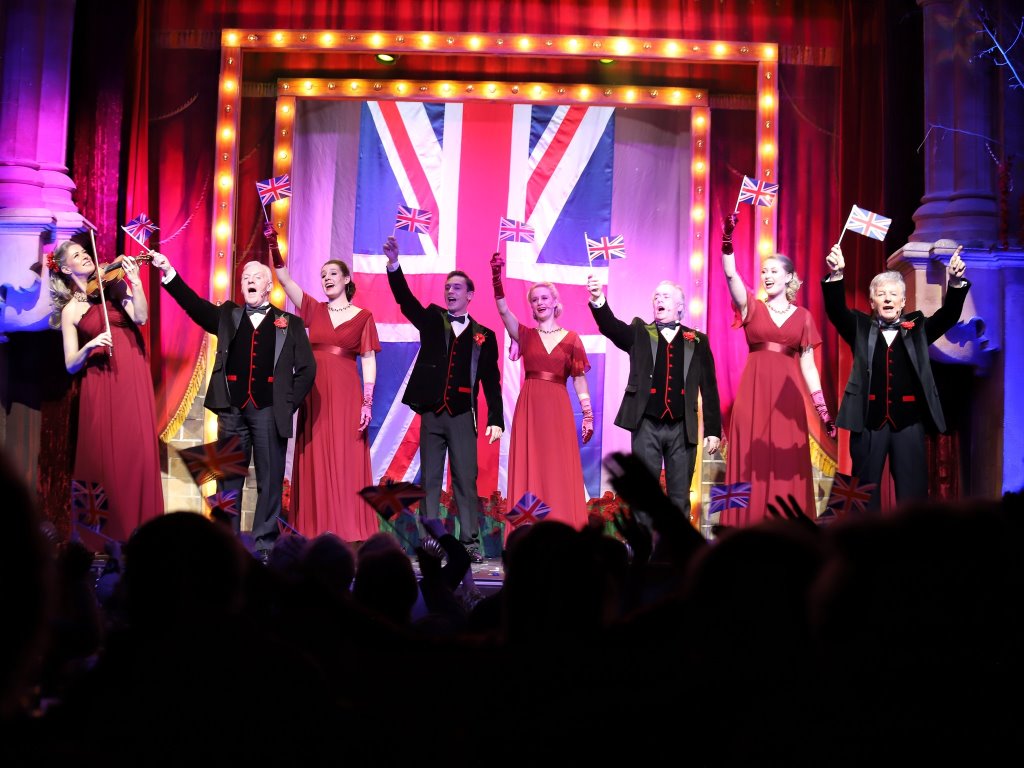
Each year we pay tribute to that great spirit of the war years, which produced so much heroism and ingenuity, not to mention great comedy and song. In our annual show – There’ll Always Be An England – a wartime music hall show. This year, we will pay special tribute to those who took part in D-Day, and our Annual Service of Remembrance will continue to remember all those who gave their lives or lost loved ones in both world wars.
There’ll Always Be An England – a wartime music hall show
November 1st – 7th 2024

